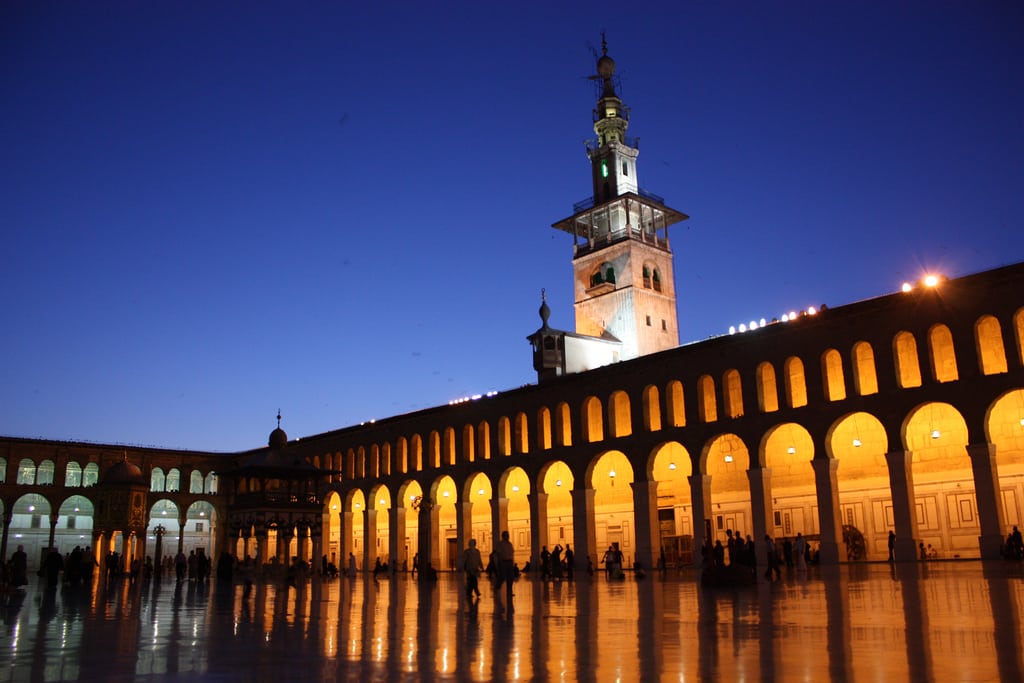Skift Take
Syria’s tourism industry has become almost non-existent during the civil war and there may be few historical and archaeological sites to attract visitors back in the future.
All six of Syria’s world heritage sties have been put on an endangered list by the UN’s cultural organisation amid mounting international concern about the country’s increasingly destructive civil war.
Unesco’s world heritage committee made the decision on Thursday at its annual meeting in the Cambodian capital Phnom Penh despite objections from Syria.
It said Syria’s “exceptional archaeological and historical heritage” had not escaped the ravages of a conflict that has killed almost 93,000 and prompted 1.6 million refugees to flee the country.
The historic northern city of Aleppo had been particularly badly hit, Unesco said. The city’s medieval souk was severely damaged by fire last year and in April a minaret on 12th century Umayyad mosque was destroyed.
More destruction is feared in the coming days as President Bashar al-Assad forces are expected to launch a fresh assault on rebel-held areas.
But endangered sites on the updated list also include the ancient city in Damascus. The centre of Syria capital has been relatively unscathed by the conflict despite a series of bomb attacks and bitter conflict in the city’s suburbs.
Unesco agreed that “due to the armed conflict situation in Syria, the conditions are no longer present to ensure the conservation and protection of the outstanding universal value of the six world heritage properties located in the Syrian Arab Republic and that they are threatened by a specific and proven imminent danger”.
Karim Hendili, Unesco’s programme specialist on Arab heritage, said: “The decision to put all six sites on the endangered list is not something that is taken lightly. It is an international recognition of the seriousness of the threat to Syria’s heritage.”
He pointed out at the time of the committee’s last annual meeting the level of threat to Syria heritage was still uncertain. “Last year there was not enough information to be sure,” he said.
“We have to cross check everything, we can’t just take it for granted because it’s on the internet. It is important to be fair to both parties and the heritage itself.”
During this year’s meeting Syria’s ambassador to Unesco, Lamia Chakkour, acknowledged damage done to Aleppo, but argued against placing all six sites on the danger list.
A report to the committee by Syria [pdf] blamed much of the damage on looters without acknowledging the destruction caused by government forces.
In Palmyra, one of the six sites, heavy lifting equipment was used to convert Roman ruins into road barriers, Syria said. Unesco’s report to the committee noted that Syria’s version of events did “not necessarily reflect the actual situation”.
Activists have filmed tanks and rocket launchers being deployed in the archaeological area in Palmyra.
Hendili said it was not Unesco’s role to apportion blame. “Who caused the damage is a big debate which we don’t get into,” he said.
Unesco has repeatedly reminded Syria of its obligation to protect heritage during armed conflict. The committee agreed to set up an emergency fund to pay for a team of specialists to travel to Syria to assess the damage to heritage once it is safe to do so.
Hendili said: “We have experts ready to go in to make a rapid assessment and identify the monuments most in danger.”
The best preserved examples of castles used in the Christian crusades at Crac des Chevaliers and Qal’at Salah El-Din were also been put on Unesco’s endangered list. As both occupy high ground west of Homs they have been the scene of repeated exchanges between rebel snipers and government artillery units.
The other two sites on the list are: the ancient villages of northern Syria which have been damaged by illegal excavations and used as shelter by those fleeing the violence; and the Roman and earlier Christian remains in Bosra close to the Jordanian border which have been shelled and damaged by looters.
Syrian archaelogist Ali Cheikhmous, who has been monitoring the destruction to his country’s heritage from Strasbourg in France, called on Syria to act.
He said: “This decision is obviously a good as long as it is followed by effective action. Soldiers and weapons should be evacuated from all these places. This is particularly true in Palmyra, which under the control of the regime, and where heavy weapons are positionned in the archaeoogical zone.”
Cheikhmous runs the Facebook group Protect Syrian Archaeology.![]()
The Daily Newsletter
Our daily coverage of the global travel industry. Written by editors and analysts from across Skift’s brands.
Have a confidential tip for Skift? Get in touch
Photo credit: Night falls on the Umayyad Mosque in Damascus, Syria. Arian Zwegers / Flickr
